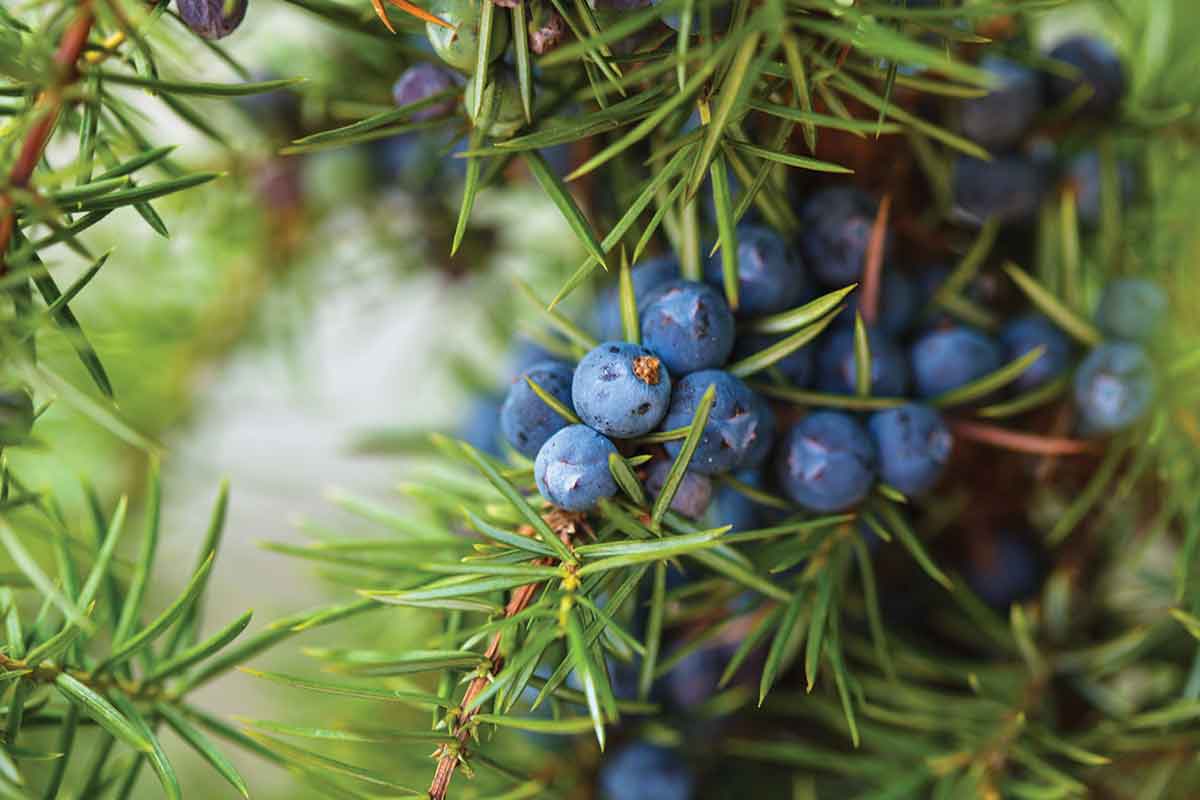It’s safe to say that gin is having a moment. Ten or so years ago, if you picked someone at random off the street and tried to get them to taste the newest gin offering from your local craft distiller, the odds were that person would cringe a little. They’d likely follow up with some juniper-phobic denouncement against the taste of pine. This isn’t so today. Gin is very much part of the cultural zeitgeist. It is certainly part of the current conversation and for many gin obsessives it IS the conversation. The gin craze of the 21st century is happening now with new brands popping up almost weekly.
Easy to Make, Easier to Drink
For the distiller, gin is a relatively simple spirit to produce and to put an individual mark on. (It is an incredibly difficult spirit to master, but that is another story.) There are so many botanicals out there just waiting to be explored in the context of our favorite juniper-based tipple. For the consumer, gin becomes a dazzling array of aromas and tastes. And few things are as refreshing as a simple gin and tonic on a warm summer afternoon.
But this mass expansion of the category does not come without costs. The rapid proliferation of new distilleries and brands has quickly taken up precious shelf space in retail and behind the bar. Distillers are having to create ever newer and increasingly clever products to catch the consumer’s wandering attention. This gin craze has has created a surge in flavored gins, gin liqueurs and even non-alcoholic “gin”.
Consumer’s love choice. However, some folks in the industry are not so keen on the category’s unbridled expansion. In fact, a few industry members have come out swinging critical at some of these products arguing that they don’t rightly fit the definition of “true gin”.

Where’s the Juniper?
Now, to be fair, most of these criticisms are coming from across the pond in the UK and the EU. (Don’t mess with an Englishman’s gin.) The debate centers around the existing rules regarding gin’s definition. Namely that the dominant flavor be juniper. For many of the flavored gins out there, along with some of the gin liqueurs, this component of the definition would theoretically stop them dead in their marketing tracks.
Except that isn’t what has happened. The industry has grown at such a swift pace to satisfy the palates of gin-ravenous consumers, that many of the regulatory bodies and trade organizations haven’t been able to keep up with everything that’s happening in the category. And with little signs of the gin craze slowing down, it’s unlikely that the situation will change anytime soon.
It makes sense that a few people are concerned for the definition of gin. If you establish a standard of identity for something, then consumers learn to expect that identity inside the bottle (with a certain amount of creative wiggle room, of course). The critics of these new gins argue that their brand owners are simply cashing in on the term gin without actually making true gin. The other side of the coin is that these products offer the consumer a wider array of flavors and choice. Some of them may also provide easy entry points for the juniper-averse as they try to initially wade into this complicated spirit family.
Innovation or Regulation
Many feel the situation is not black and white. There may be room for all these products at the table. They just need to be categorized properly. And most certainly, the consumer and the distiller do not want any regulations that might stifle innovation.
The process is ongoing, and nothing is likely to be solved anytime soon. Britain’s Wine and Spirit Trade Association (WSTA) has been researching this subject for several years now. As quoted by The Spirits Business in 2019, the head of the WSTA, Miles Beale stated that his organization was “currently leading a debate on gin definitions, finding out through a series of gin summits how best to map out clear rules and guidelines for British distillers moving forward.”
Also, throwing their hat into the lobbying ring, esteemed gin producer Hayman’s of London has started its own campaign to combat the insurgence of what it calls “fake gin” and has even established a manifesto that consumers can sign to aid in the fight.

Debate Continues
These kinds of debates are nothing new in the spirits industry. In recent years we’ve seen debates on allowable cask types for Scotch whisky, definitions for a geographic indication on Barbados rum, and how much “character” should be allowed in vodka. The industry is constantly having these conversations as they try to maneuver their products through the fast-changing landscape of the modern liquor market.
It may be the perfect time for gin to have a good look at itself in the mirror. The category is composed of a kaleidoscopic array of flavors, techniques, and philosophies. Consumers will benefit from established definitions and product expectations. And the industry will have a regulatory lighthouse guiding them in from choppy identity crisis-laden waters.
Both industry and consumers should be part of the conversation because this is a relationship of mutual benefit. Consumers want their gin, and they want choice. Distillers need to know what kind(s) of gin the consumer wants in order to stay relevant in the minds of those drinkers. So, let’s have everyone sit down to hash it out. At the end we’ll celebrate this gin craze with an ice-cold Martini and toast to the wonder that is the humble juniper berry.
Ready to dive into the gin craze?
With Distiller, you’ll always know what’s in the bottle before you spend a cent. Rate, Review, and Discover spirits. Head on over to Distiller, or download the app for iOS and Android today!
Want to enjoy Distiller ad-free plus exclusive discounts, giveaways, features and other perks? Join Distiller Pro today to support the Distiller platform and keep ads off of your screen.



